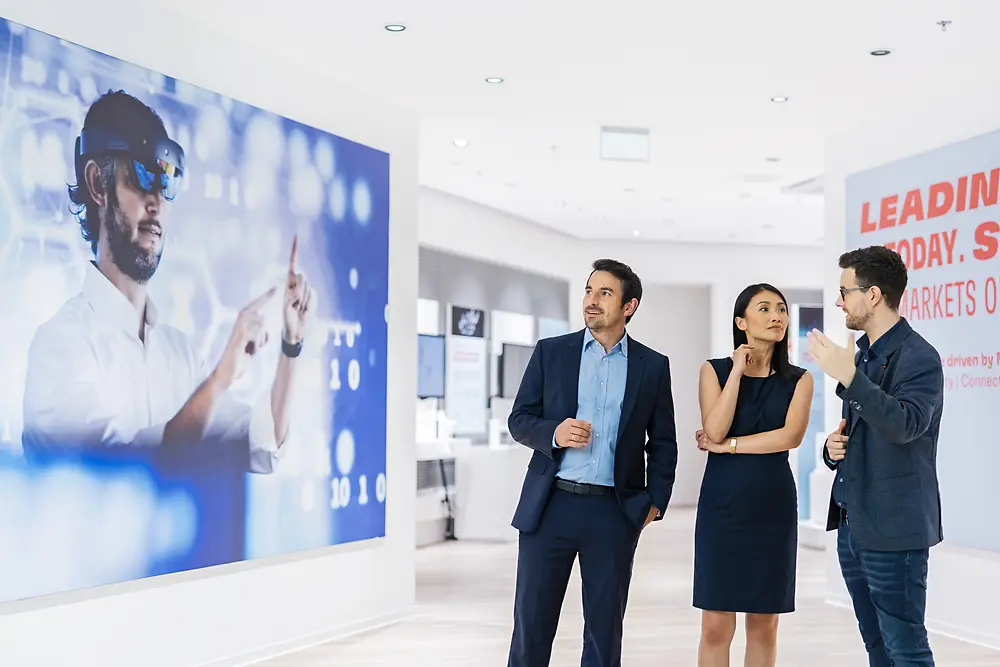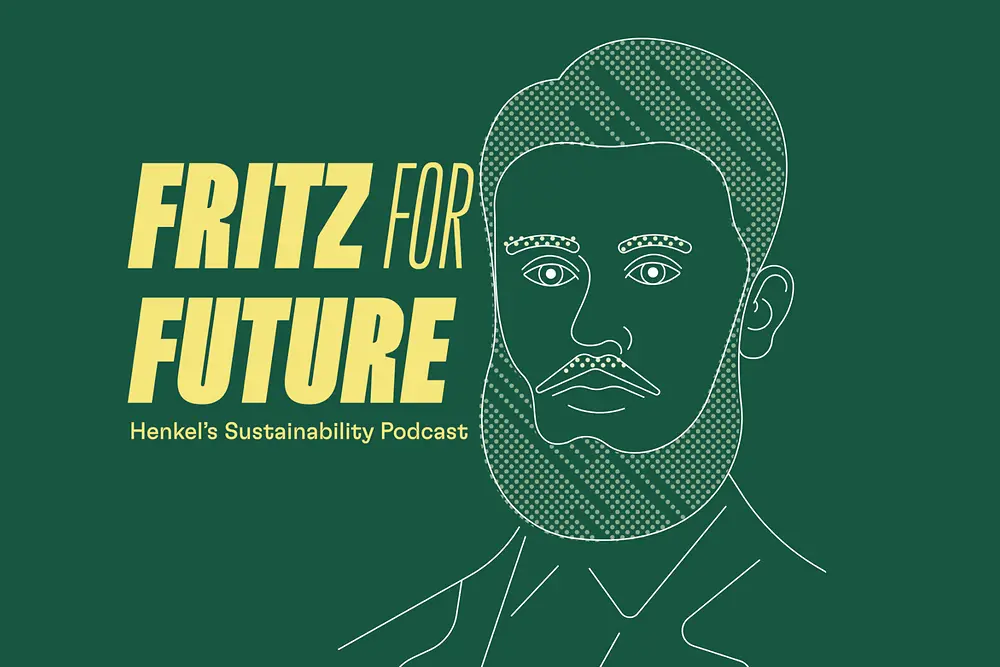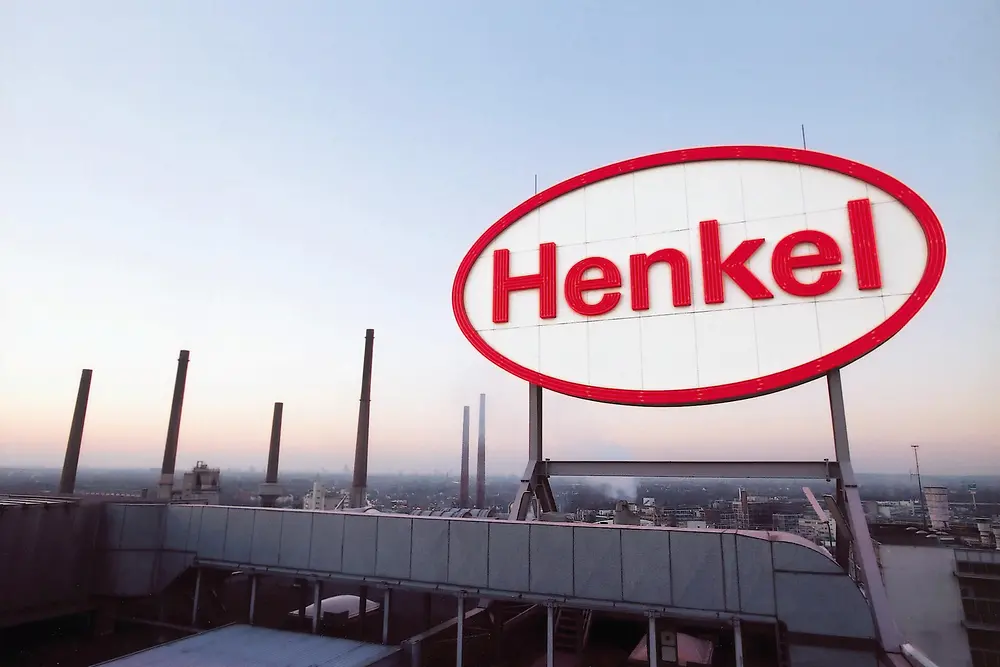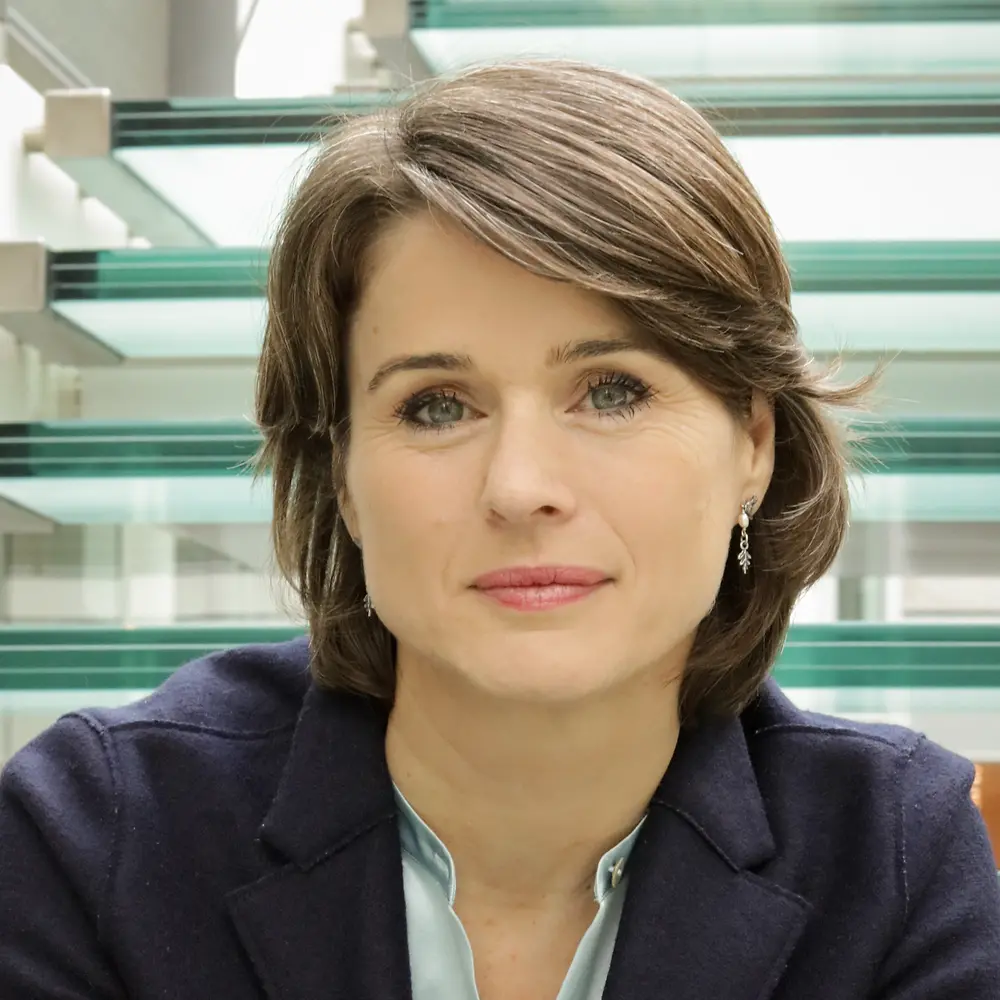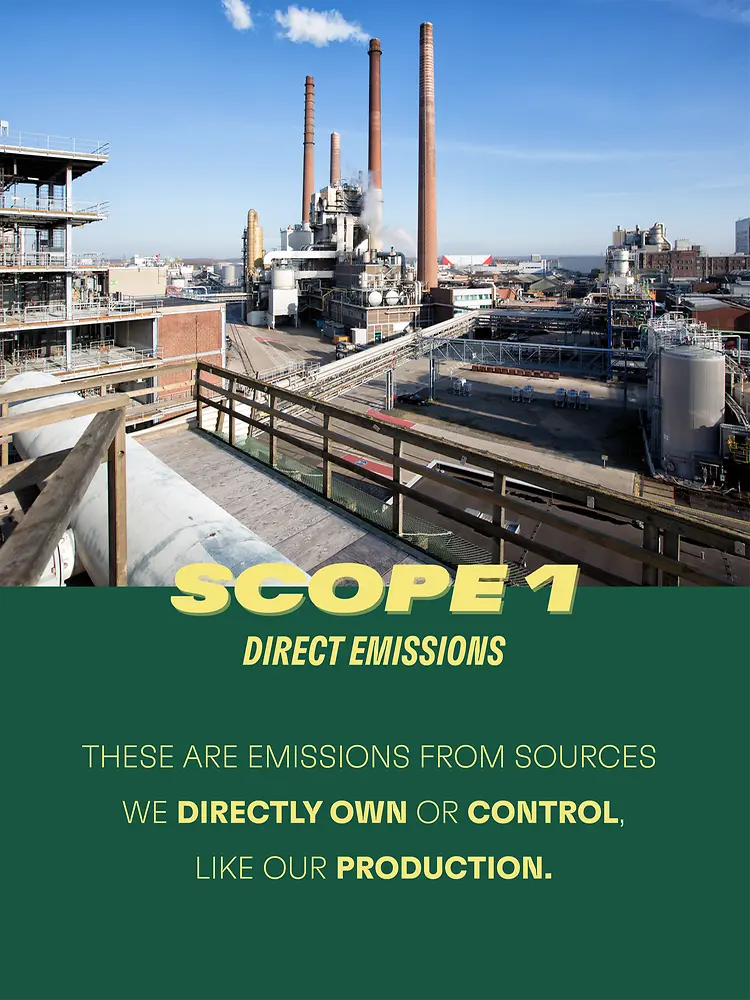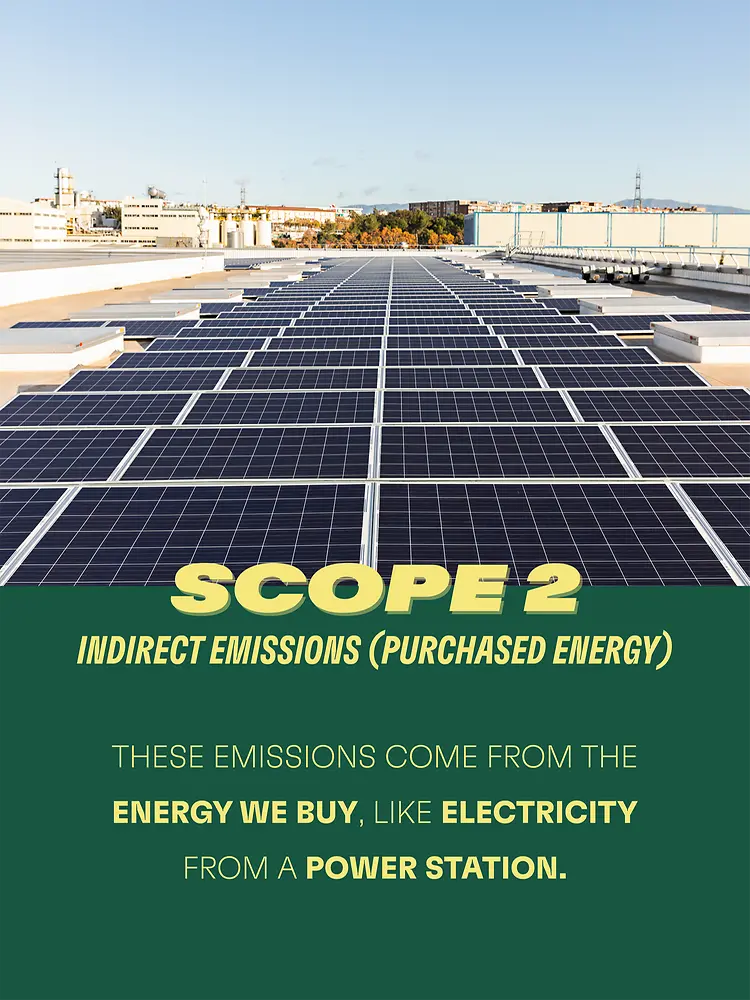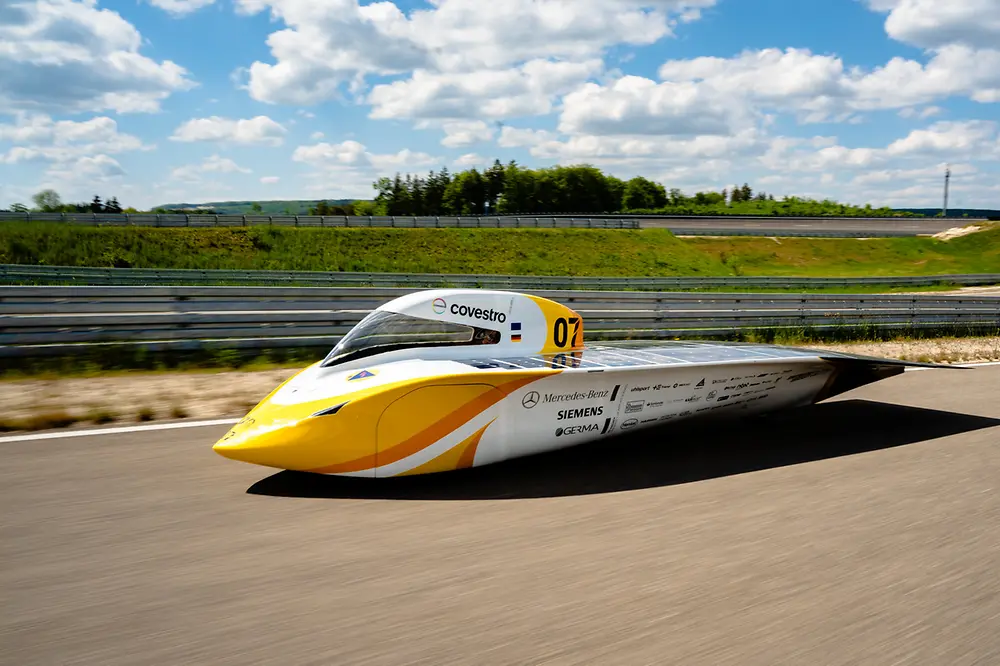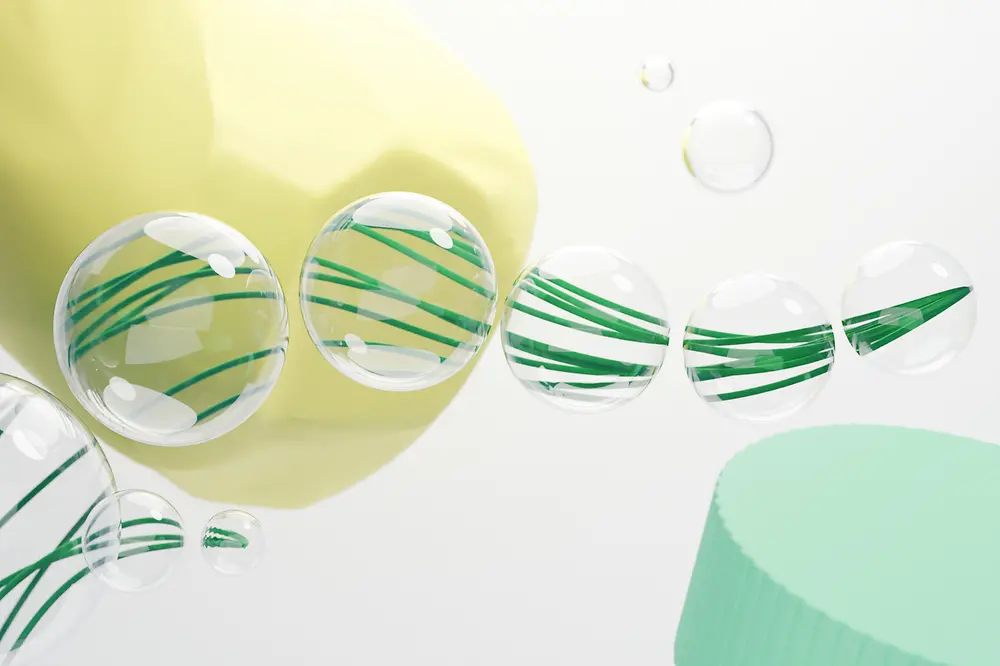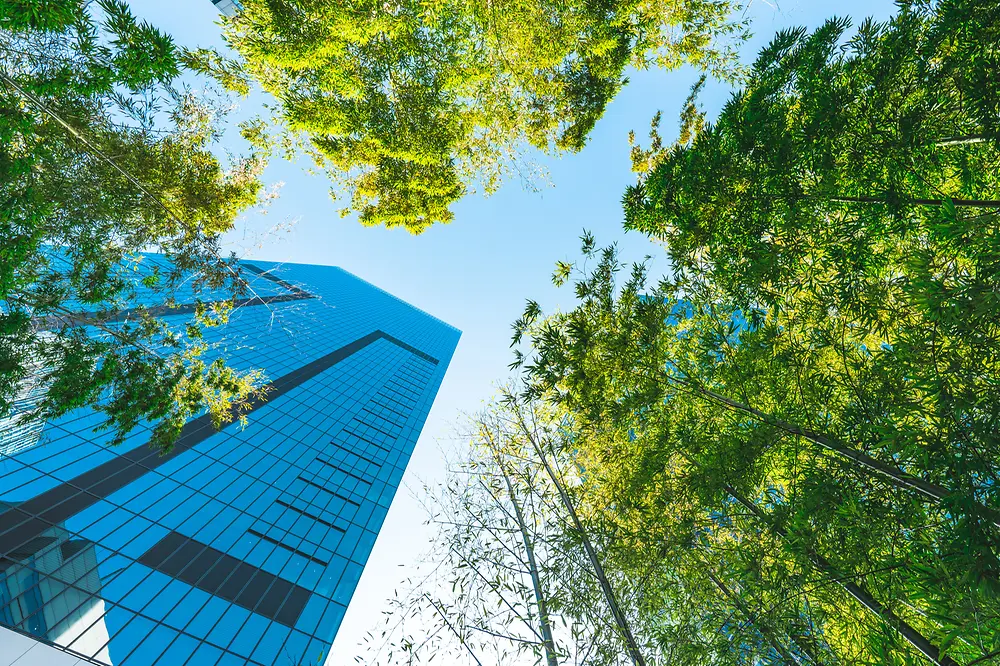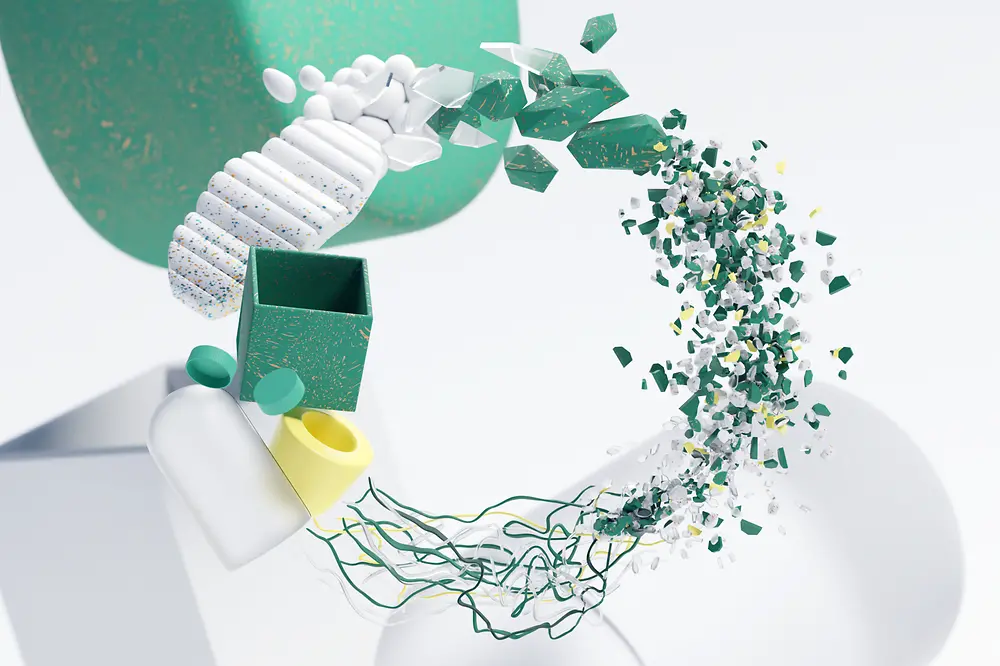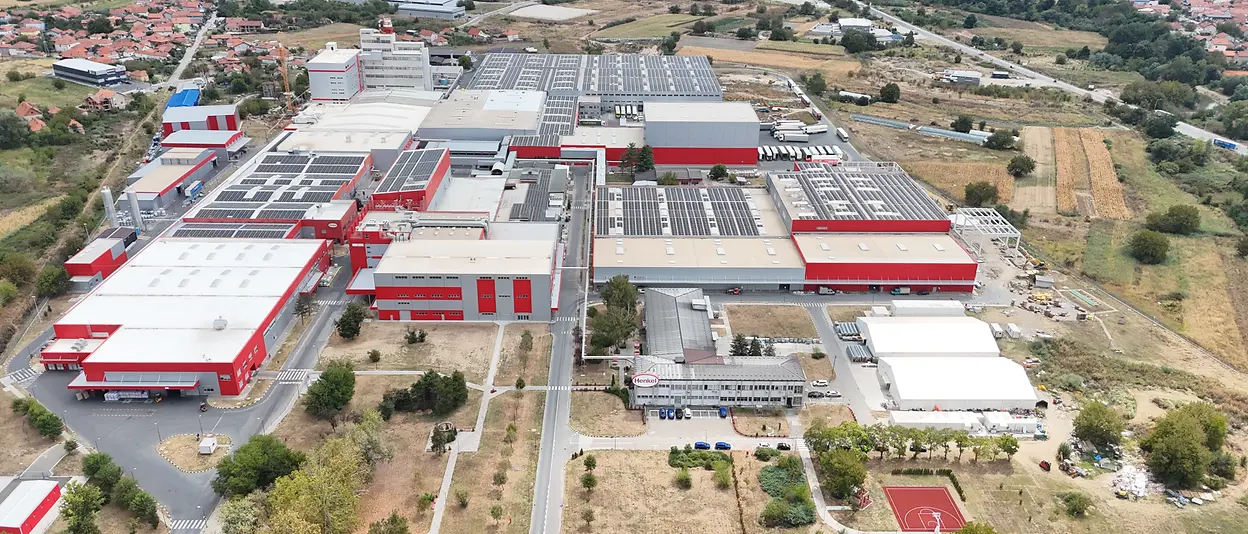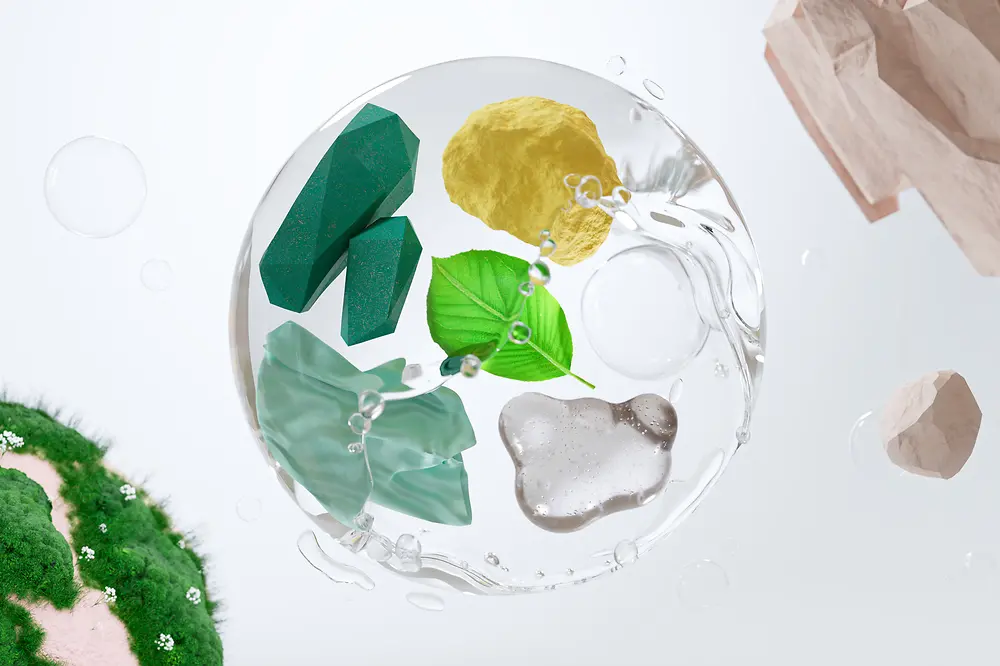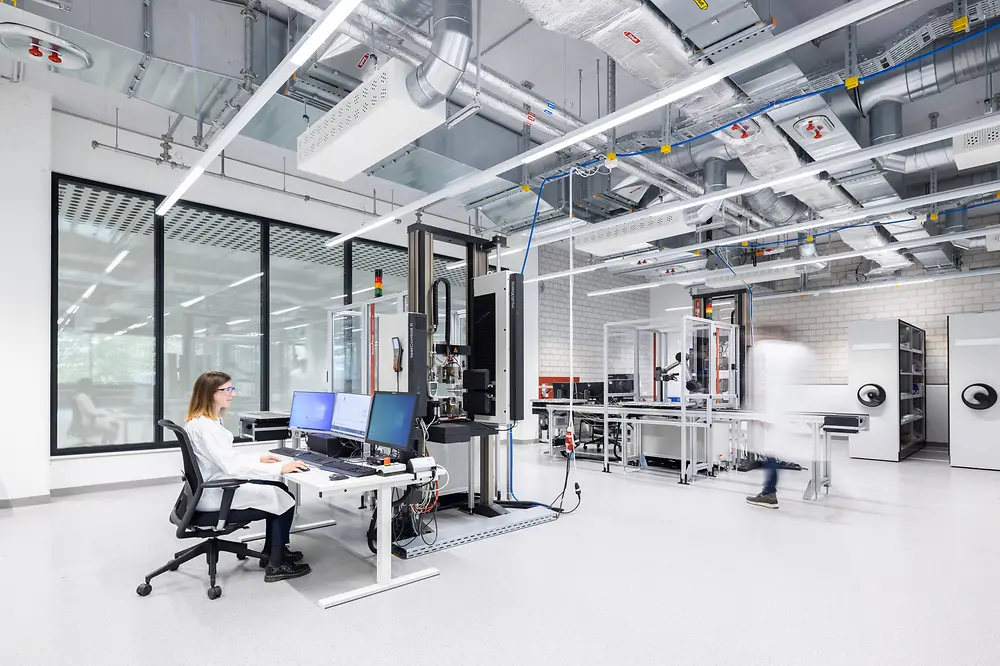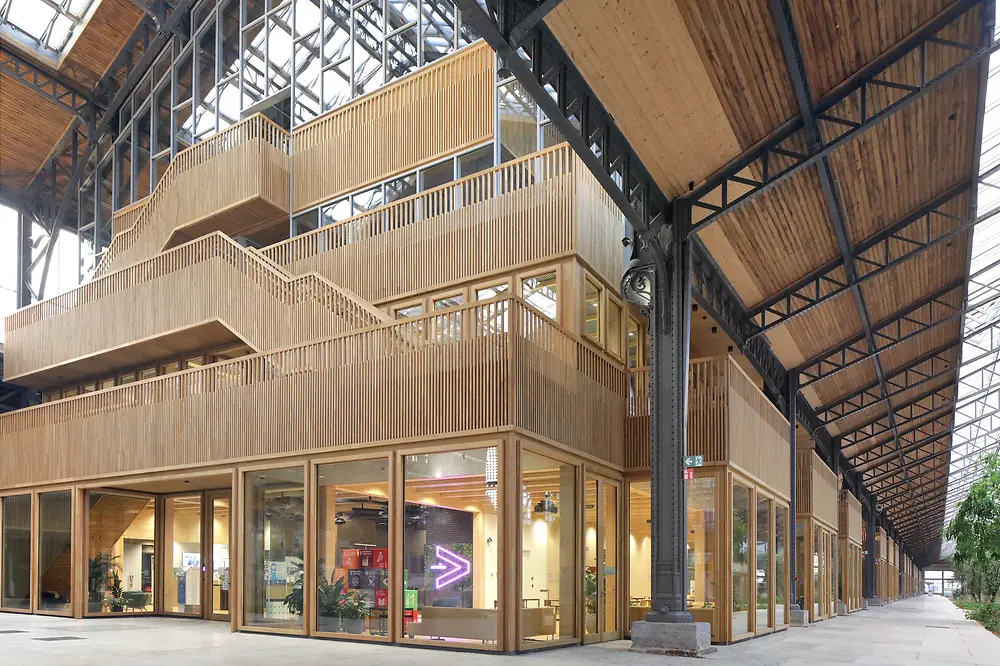Heat waves, an increasing number of hurricanes, and rising sea levels. A few degrees might not seem like they would make much of a difference, but they do when it comes to the future of our planet. And when you factor a growing population, increasing consumption, and resource scarcity into the mix, the need for action is undeniable. We need to act not only for ourselves, but so that future generations can also live a good life sustainably. It is important that we as a company and individuals are aware of the impact of our own energy consumption on the environment. After all, efficient management of energy would be felt on a global scale: In the form of possibly decreasing costs of living, improved health of millions of people, and ultimately the reduced impact of climate change.
Climate change is one of the biggest global challenges with potentially dramatic consequences for humanity. Greenhouse gas emissions are changing the climate of our planet. The higher their concentration in the atmosphere, the more the earth heats up, with the result that some areas become uninhabitable. To limit global warming to 1.5 degrees Celsius and fulfill the commitment made in the United Nations' Paris Climate Agreement, global emissions must be reduced to net zero by 2050 at the latest. However, reducing emissions is not enough for Henkel: we want to make an active contribution to climate protection and support others in reducing their emissions as well.
